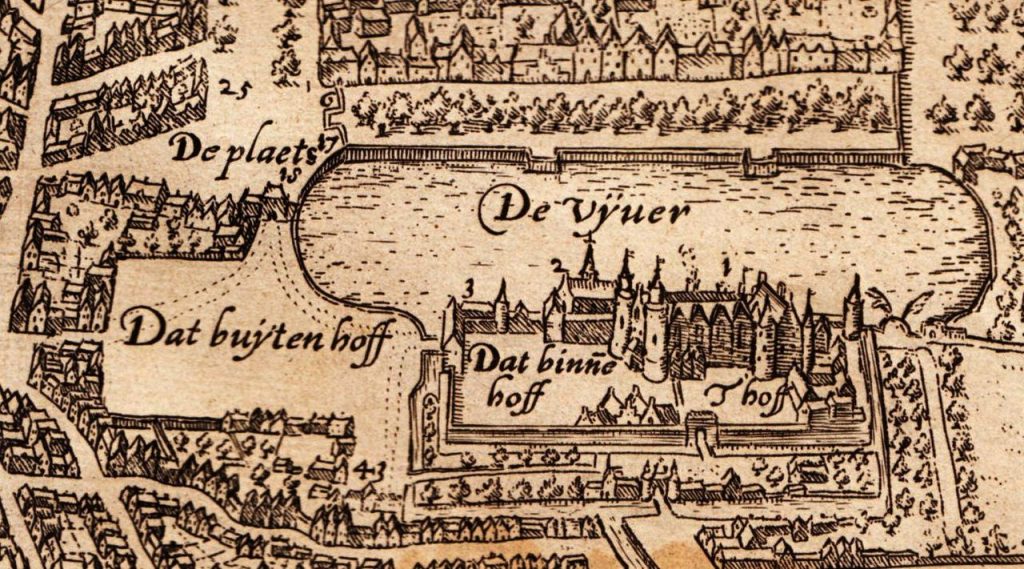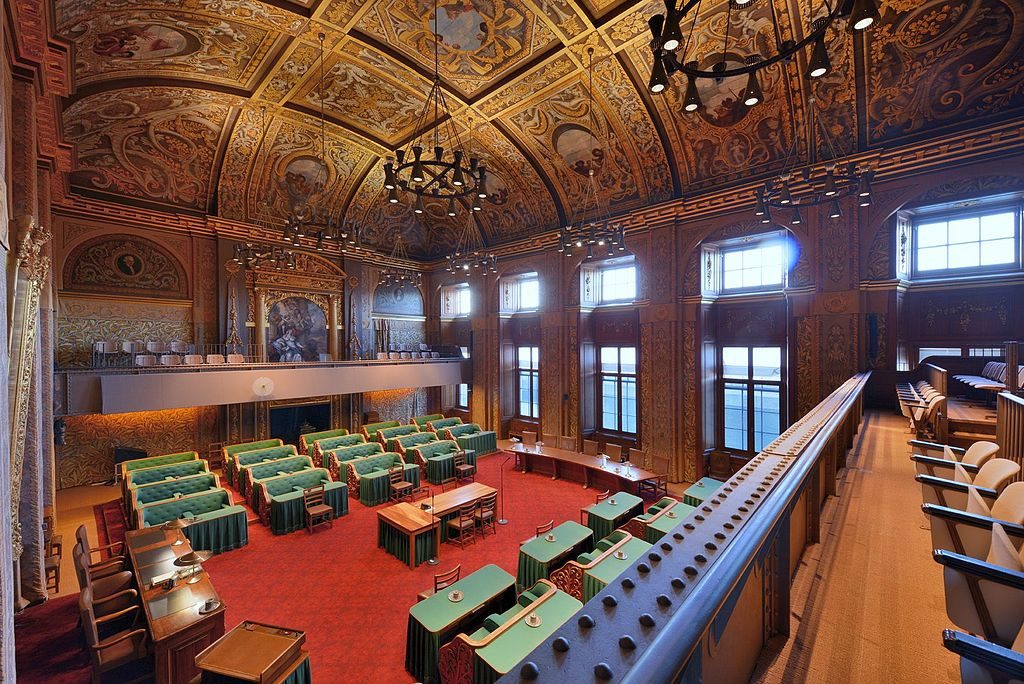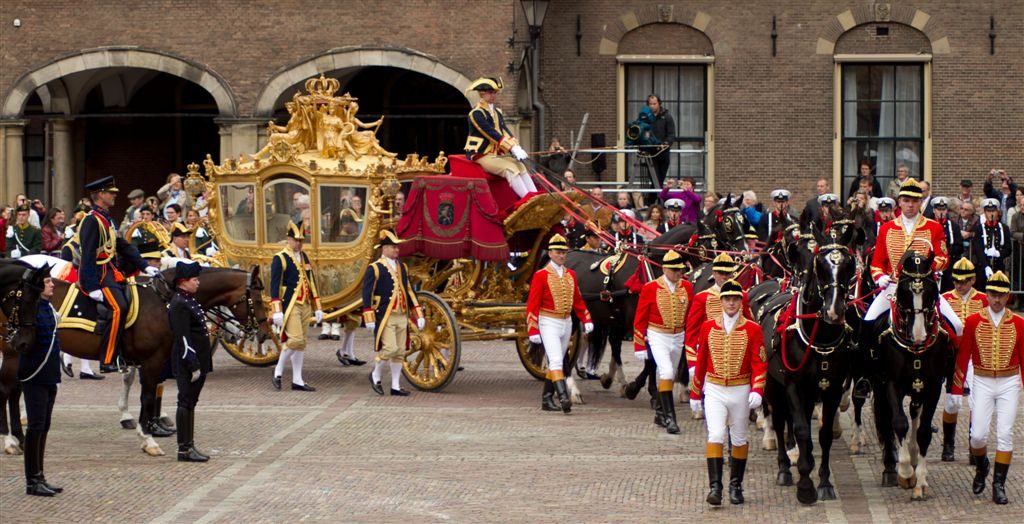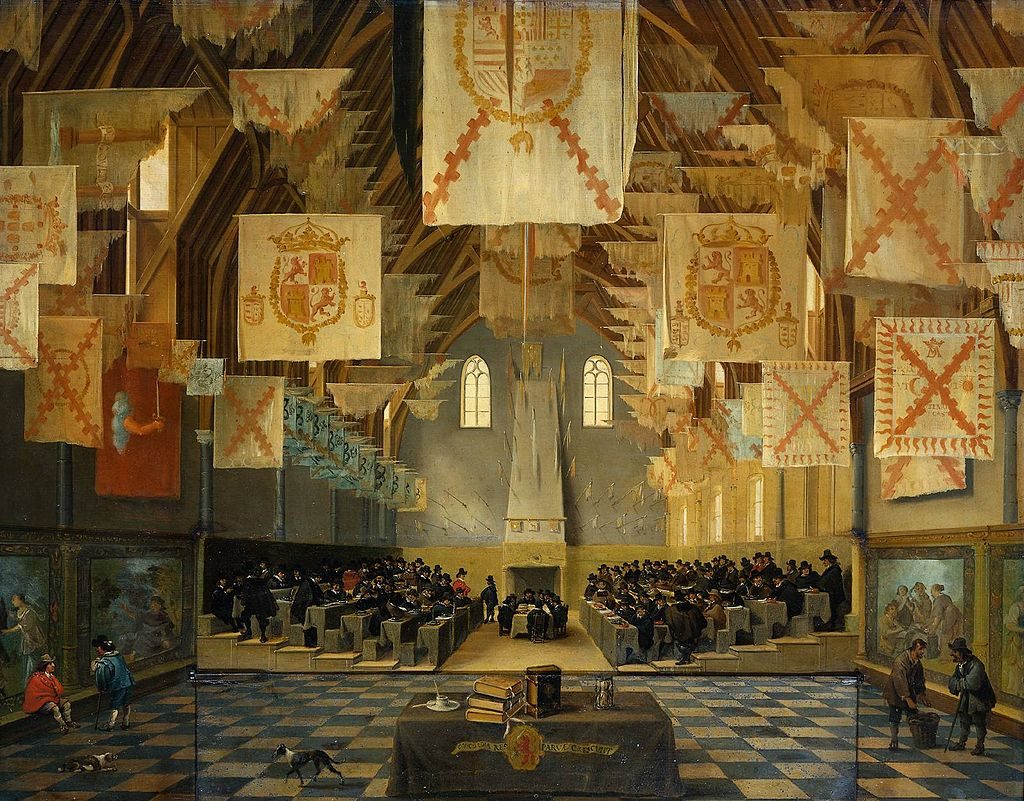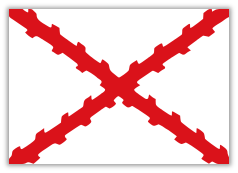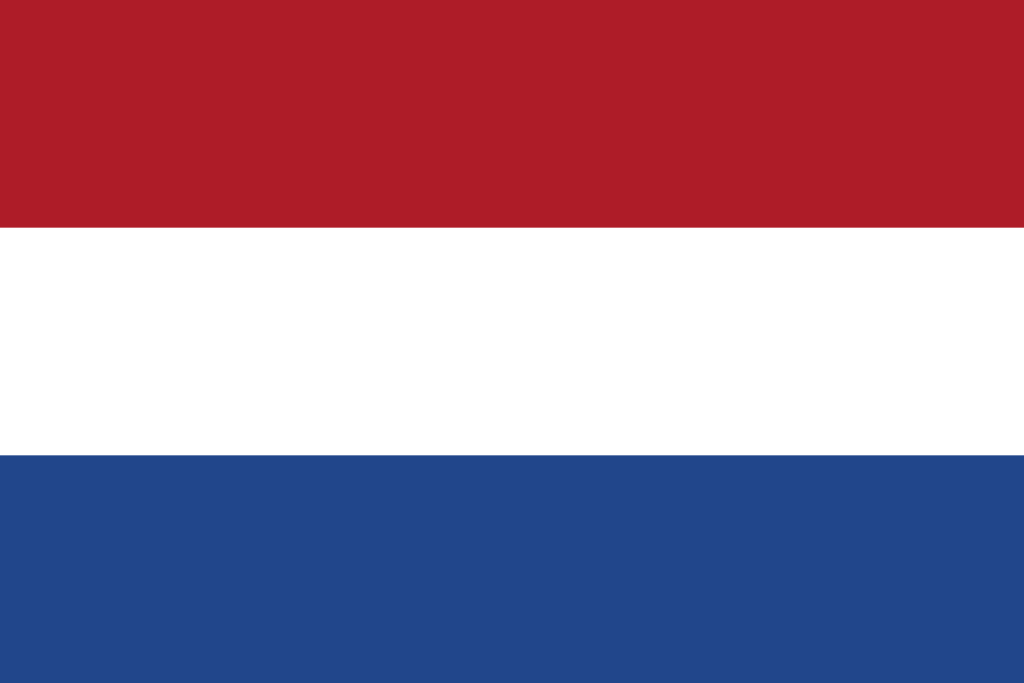Binnenhof, the Dutch “Kremlin”
This consists of an inner- and an outer court. It was surrounded by the hedge of the count, so in that hedge area, the staff (that earned their living in the kremlin) built their dwellings in: “des Gravenhage” (the hedge of the count), today (only formally) written: ‘s Gravenhage, populair written: den Haag (the Hague).
After the county Rhinelands grew into the county of Holland, a part of the courtyard (of the fortified house of the Counts) grew from an outer court into the administrative center of Holland. It was there that the administration of (a former worldpower) the States of Holland assembled and the ministries were housed.
Binnenhof, drawing: Lodovico Guicciardini (1521-1569)
In the center stands the great hall (Built by count Floris IV ca, 1230), the building in wich the Dutch knights and prelates gathered annually to discuss the situation in Holland, concluded by the Count and decide which policy was needed. These prelates were conservative “what is written in holy print (Bible)” was their starting point, while the Knights (landowners) had to deal with the needs of the day. The clergy sat to the right hand of the count (the chairman) and the knights to the left. Thus, the political concepts right (conservative ) and left (progressive) were born.
In the course of time the administrative problems became more complicated and thus gradually the nobles and prelates were replaced by more experienced representatives of their city- and polder-boards. This way, at the end of the early Middle Ages, the nobility and the clergy lost gradually their influence. So the citizens chose their city governments and the farmers their polder boards. That Dutch local governments and boards sent their delegates to the Hague where they were sitting in the States (Council) Chamber of Holland. (Today in this room the upperhouse of the Netherlands meets!).
Former room of the Staten (Parliament) of Holland, today the room of the Upper House
(website: Eerste Kamer)
In some of the other provinces also such developments took place . Thus, the States of Holland were talking to that other states (provincial counsels). Six of the other seven-teen provinces, the one earlier the other later, joined Holland! Simplified one could say that the provinces that did not replace their knights and prelates in their governance did not participate and thus remained Catholic and thus outside the union.
Also, at the highest level there were changes. By the medieval inheritance rules, the count’s power came in the hands of foreign dukes, kings and emperors. Who desired Holland mainly for its wealth that they could weigh heavily. Thus grew the tensions until the States of Holland (in their “famous meeting” in Dordrecht) disposed their former Count (the king of Spain). This meant that Holland became a republic. So begun the 80-yers civil war. At the end, in 1648, of that vicious civil war the united provinces emerged as the prosperous Republic of the “Seven United Provinces”.
So the Netherlands were just seven “states” working together. So every province had (and still has) its own parliament, its army and most of them their own fleet. But to a small country it is impossible to have enough soldiers, etc. to form good armies. So each province had an elite corps manned by “own” people (the guards) as the core of their army and in addition hired foreigners to serve in the lower ranks of the normal units.
Prinsjesdag
Prinsjesdag 2011, photo: Wikipedia
The yearly opening the national parliamentary meetings has to be done by the head of the Dutch state. Traditionally it was forbidden to have the king and the queen and their adult children close together in public because an enemy (or an idiot) could end the monarchy by an attack on them. But on the 3rt Tuesday of September at the opening of the parliamentary year it is tradition to see all of them paying respect to parliament. So on that day all provinces send their traditional guards (in traditional uniforms) to the Binnenhof (the houses of parliament) to “protect” the ruler and his family. This is why this day is called “prinsjesdag” (the day for the princes).
In that tradition all old national feelings come together when the Golden Coach stoped in the front of the ancient knights hall, the king and queen greeting the colours of the central guard while the band plays the Wilhelmus.
Update
In the years 1903 – 2015 the members of the Dutch royal family used to go to the parliament in the Golden Carriage. It was a present from the citizens of Amsterdam, offered to Queen Wilhelmina for her inauguration in September 1898. In 2015 the Carriage was brought in for restauration which has been completed in 2022. King Wilhelm-Alexander decided to give up the further use of the historic vehicle, and the reason is the painting referring to the colonial past of the Netherlands. It can be seen in the Amsterdam Museum. Since 2016 the Royal couple has been using the so called Glass Carriage each 3rd Tuesday in September for the opening of Parliament.
The king comes to parliament (2015), The king comes to parliament (2015).
A meeting in the knightshall, by: Bartholomeus van Bassen (circa 1590-1652)
Note 1:
There are also Dutchmen (republicans) who prefers not to sing a song about Orange. So they did not want to sing the Wilhelmus. When the Wilhelmus became officially the anthem of the Netherlands they preferred to sing/play a love song to the Netherlands. This song was popular by welcoming the returning fleets in older days. After WWII monarchists and republicans (their number is very small at present) sing both groups both songs: Wilhelmus en Mijn Nederland.
Note 2:
The white flag (with a red X-shape on it) is the old flag of the Netherlands (before the 7 northern) United Provinces became one republic). Some flags (on the painting) hanging in the Knightshall are damaged. In the old days old flags which were not used anymore were put (with honour) in the knightshall to “die”. Today they go to a museum or are burned in a ceremony).
Geuzen Flag
The present flag of the Netherland comes from the “Geuzen Flag”
Han Tiggelaar

